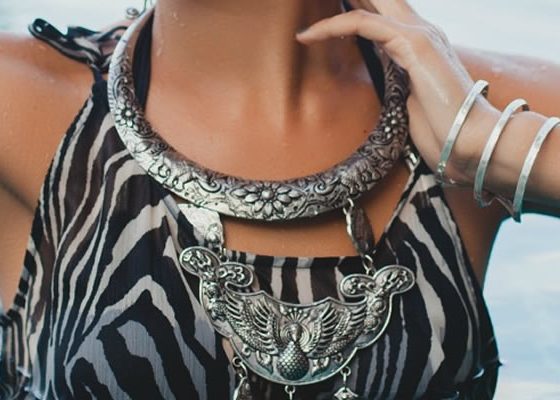In a world where leather reigns as a symbol of timeless elegance, the ability to discern between authentic and imitation leather becomes a vital skill. Navigating through the nuances of leather authenticity requires a keen eye and a deep understanding of this exquisite material. Let’s embark on an enlightening journey to unravel the secrets hidden within the grain and learn how to decipher real from faux leather like a seasoned professional.
Understanding Leather
The Genesis of Leather: From Animal Hides to Fine Material
Leather begins its journey from the sturdy hides of animals. Through a meticulous process, these raw hides are transformed into the luxurious material we know. The tanning process, crucial in leather production, involves treating the hides to prevent decomposition and enhance durability, resulting in a diverse range of leather types.
Leather Grading and Quality Classifications
Understanding the various grades of leather is key to authentication. Full-grain, the highest quality, retains the original grain and is often the most sought after. Top-grain, genuine, and bonded leather follow, each with distinct qualities, but varying in authenticity and durability.
Diverse Types of Leather: A Comprehensive Overview
The wide spectrum of leather types—such as aniline, semi-aniline, nubuck, and suede—bring forth unique characteristics. Aniline leather, for instance, showcases natural markings and develops a beautiful patina over time, while suede’s soft, velvety surface distinguishes it from other types.
Identifying Real Leather
The Sensory Experience
Authenticating leather often involves a hands-on sensory approach. The distinct touch and feel of real leather reveal a natural suppleness and irregularities within the grain. The genuine scent of leather—a blend of earthy, rich notes—differentiates it from artificial alternatives.
Visual Cues: Examining Patterns and Imperfections
Inspecting the surface for natural imperfections, pores, and unique markings is a telltale sign of genuine leather. Moreover, analyzing the edges—raw, untreated versus coated—provides further insights into authenticity.
Analyzing Faux Leather
Synthetic Substitutes: Breaking Down Faux Leather Makeup
Faux leather, an artificial substitute, often comprises materials like PVC, PU, or microfiber. These synthetic fibers aim to replicate the appearance of genuine leather, lacking the natural imperfections and variability found in the real material.
Appearance Assessment: Consistency and Perfect Patterns
Imitation leather often exhibits a consistent pattern without irregularities or natural imperfections, which is a notable characteristic separating it from real leather.
Advanced Techniques
Tannery Tradecraft: Understanding Production Methods
Knowing the distinct tanning methods, such as chrome and vegetable tanning, sheds light on the production processes and provides clues to distinguish between genuine and faux leather.
Burning Test: Assessing Reactions to Heat
A burning test, albeit a bit more advanced, involves observing how the material reacts to heat. Real leather tends to curl and produce a distinctive odor, while synthetic leather melts or produces a chemical smell.
Microscopic Inspection: Detail-Oriented Leather Analysis
A microscopic examination reveals the intricate details of the leather’s surface, aiding in differentiating real from fake through close scrutiny.
Expert Tips and Tricks
Consulting Label Information: Deciphering Codes and Markings
Labels often contain valuable information about the leather type and quality, providing a helpful guide to authentication.
Seeking Professional Opinion: Visiting Leather Experts
Consulting with experts in the field can offer invaluable insights, especially when in doubt about the authenticity of a leather product.
Keeping Up with Technology: Utilizing UV Light and Chemical Tests
Leveraging modern tools like UV light and chemical tests can further assist in the authentication process, revealing unique properties of real leather under different conditions.
Ethical and Environmental Considerations
Eco-Conscious Choices: Grasping Sustainable Leather Options
An increased emphasis on sustainability has paved the way for eco-friendly leather options, ensuring ethical choices for conscious consumers.
Ethical Sourcing: Fair Trade and Animal Welfare Standards
Adhering to fair trade and stringent animal welfare standards supports ethical sourcing and contributes to the responsible production of leather.
Recycling and Upcycling: The Future of Leather Sustainability
The innovative approach of recycling and upcycling leather not only reduces waste but also extends the lifespan of this remarkable material.
Conclusion
As you delve deeper into the world of leather authentication, you equip yourself with the expertise needed to distinguish between authentic and imitation leather. This newfound knowledge empowers you to make informed choices when seeking leather products, ensuring that the material’s authenticity aligns with your preferences and values. Embrace this journey, for it is a perpetual exploration of authenticity, ethics, and the sheer beauty of genuine leather.



